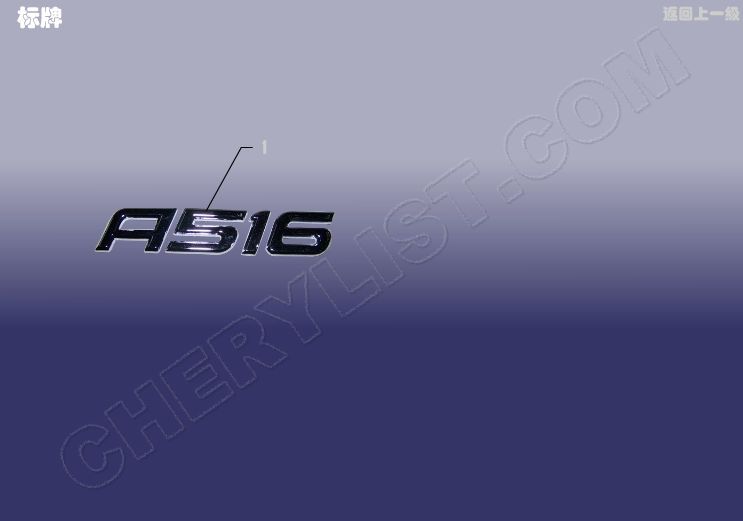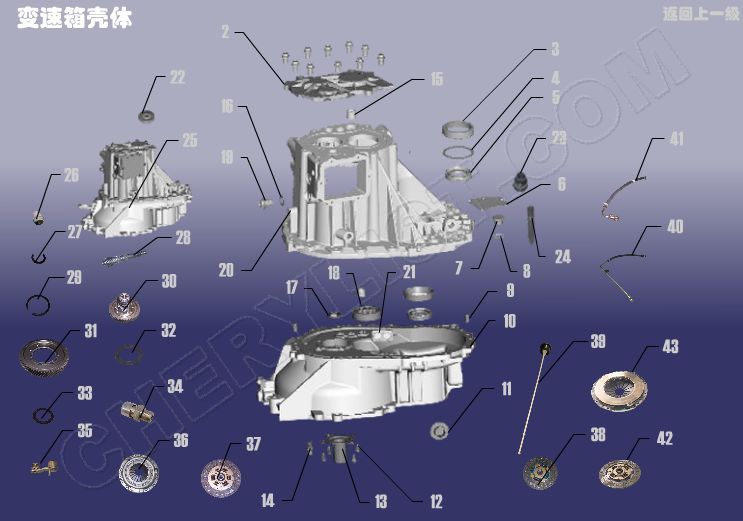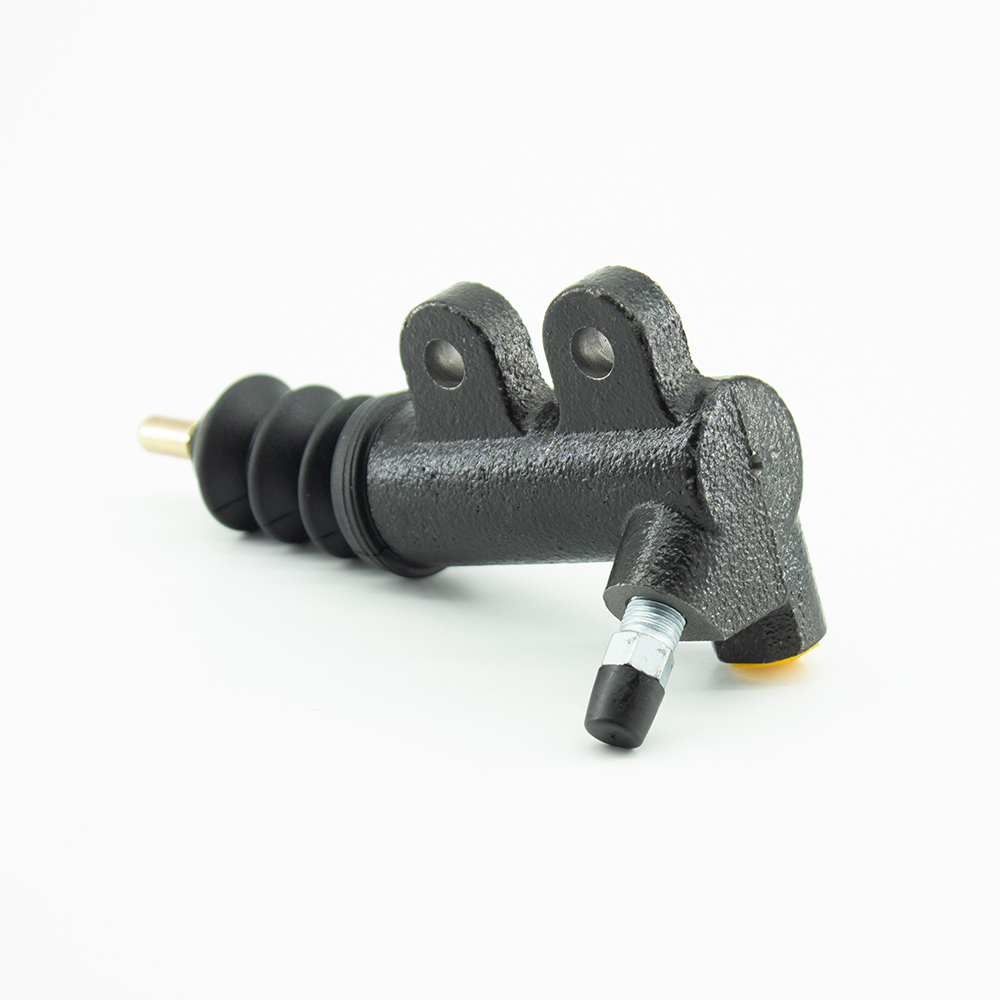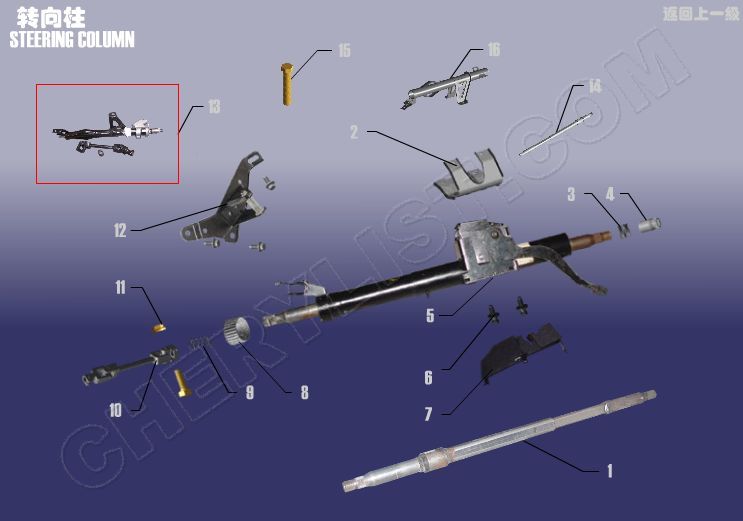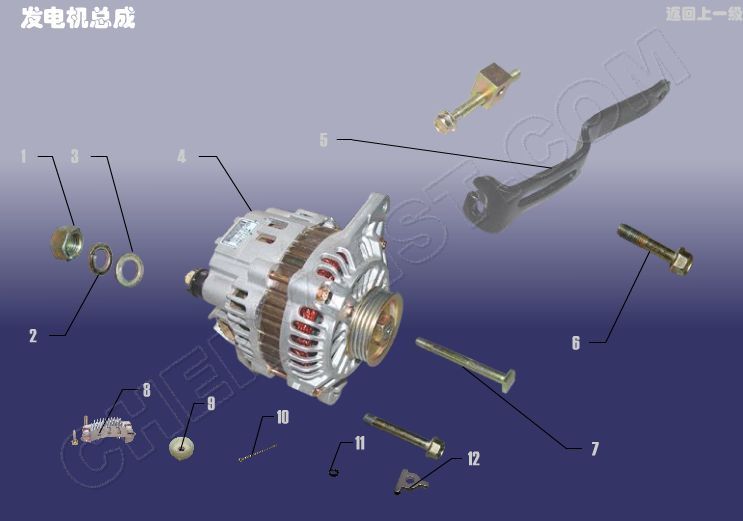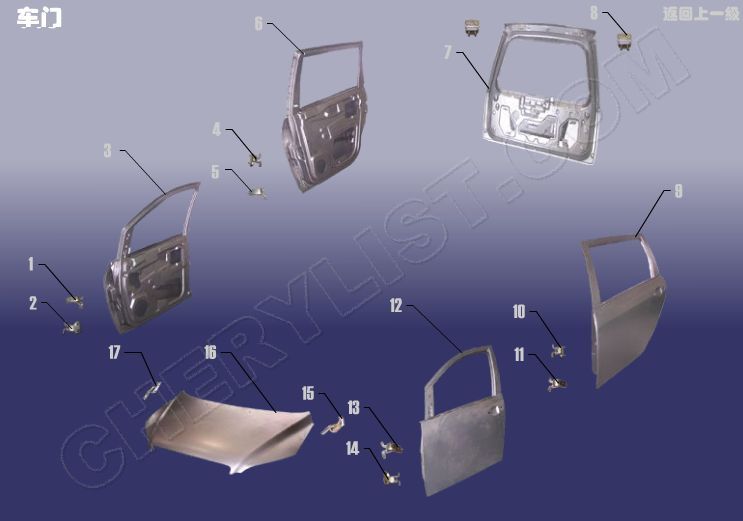Wholesale Price China Chery Grand Tiggo Engine - AUTOMATIC TRANSMISSION for CHERY EASTAR CROSS V5 B14 – Qingzhi
Wholesale Price China Chery Grand Tiggo Engine - AUTOMATIC TRANSMISSION for CHERY EASTAR CROSS V5 B14 – Qingzhi Detail:
B11-1503013 WASHER
B11-1503011 BOLT – HOLLOW
B11-1503040 RETURN OIL HOSE ASSY
B11-1503020 PIPE ASSY – INLET
B11-1503015 CLAMP
B11-1503060 HOSE – VENTILATION
B11-1503063 PIPE CLIP
1 Q1840612 BOLT
1 B11-1503061 CLAMP
1 B11-1504310 WIRE – FLEXIBLE SHAFT
1 Q1460625 BOLT – HEXAGON HEAD
14- B14-1504010BA MECHANISM ASSY – SHIFT
14- B14-1504010 GEAR SHIFT CONTROL MICHANISM
1 F4A4BK2-N1Z AUTOMATIC TRANSMISSION ASSY
A Chery EASTAR B11 car with a mileage of about 80000 km, equipped with automatic transmission and engine model of Mitsubishi 4g63. The user reported that the engine of the car shakes after starting, and the cold car is serious. The owner also reported that it is obvious when waiting for the traffic light (that is, when the car is hot, the engine shakes seriously at idle).
Fault analysis: for the electronically controlled automobile engine, the causes of unstable idle speed are very complex, but the common idle speed faults can be analyzed and diagnosed from the following aspects:
1. Mechanical failure
(1) Valve train.
The common causes of faults are: ① wrong valve timing, such as misalignment of timing marks when installing the valve timing belt, resulting in abnormal combustion of each cylinder. ② The valve transmission components are seriously worn. If one (or more) cams are worn abnormally, the intake and exhaust controlled by the corresponding valves are uneven, resulting in unequal combustion explosive force of each cylinder. ③ The valve assembly does not work normally. If the valve seal is not tight, the compression pressure of each cylinder is inconsistent, and even the cylinder compression ratio is changed due to serious carbon deposition at the valve head.
(2) Cylinder block and crank connecting rod mechanism.
① The matching clearance between cylinder liner and piston is too large, the “three clearances” of piston ring are abnormal or lack of elasticity, and even the “matching” of piston ring occurs. As a result, the compression pressure of each cylinder is abnormal. ② Serious carbon deposition in combustion chamber. ③ The dynamic balance of engine crankshaft, flywheel and crankshaft pulley is unqualified.
(3) Other reasons. For example, the engine foot pad is broken or damaged.
2. Air intake system failure
Common conditions causing faults include:
(1) Leakage of intake manifold or various valve bodies, such as air leakage of intake manifold gasket, loosening or rupture of vacuum pipe plug, etc., so that the air that should not enter enters the cylinder, changes the mixture concentration, and leads to abnormal engine combustion; When the air leakage position only affects individual cylinders, the engine will shake violently, which has an obvious impact on cold idle speed.
(2) Excessive fouling on throttle and intake ports. The former makes the throttle valve stuck and closed loosely, while the latter will change the intake section, which will affect the control and measurement of intake air and cause unstable idle speed.
3. Common faults caused by fuel supply system faults include:
(1) The system oil pressure is abnormal. If the pressure is low, the amount of oil injected from the injector is less, and the atomization quality becomes worse, which makes the mixture in the cylinder thinner; If the pressure is too high, the mixture will be too rich, which will make the combustion in the cylinder unstable.
(2) The fuel injector itself is faulty, such as the nozzle hole is blocked, the needle valve is stuck or the solenoid coil is burned.
(3) The fuel injector control signal is abnormal. If the fuel injector of a cylinder may have circuit failure, the fuel injection quantity of the fuel injector of this cylinder will be inconsistent with that of other cylinders.
4. Ignition system failure
Common conditions causing faults include:
(1) The failure of spark plug and high-voltage wire leads to the decrease or loss of spark energy. If the spark plug gap is improper, the high-voltage wire leaks electricity, or even the calorific value of the spark plug is inappropriate, the cylinder combustion will also be abnormal.
(2) The failure of ignition module and ignition coil will cause misfire or weakening of high-voltage spark energy.
(3) Ignition advance angle error.
5. Common faults caused by engine electronic control system faults include:
(1) If the engine electronic control module (ECU) and various input signals fail, for example, the engine crankshaft speed signal and the cylinder top dead center signal are missing, the ECU will stop outputting the ignition signal to the ignition module, and the cylinder will misfire.
(2) Idle speed control system failure, such as idle stepper motor (or idle solenoid valve) stuck or inoperative, and abnormal self-learning function.
Develop measures:
1. Preliminary verification of vehicle failure
After contacting the faulty vehicle, the owner was informed by inquiry that the vehicle vibrated at idle speed after starting; I checked the spark plug and found that there was carbon deposit on the spark plug. After replacing the spark plug, I felt that the jitter was reduced, but the fault still exists.
After starting the engine on site, it is found that the vehicle jitters obviously, and the fault phenomenon does exist: after the cold start, there is no problem in the high idle stage. After the high idle is over, the vehicle jitters obviously intermittently in the cab; When the water temperature is normal, the shaking frequency is reduced. It is felt by hand at the exhaust pipe that the exhaust is occasionally uneven, with “post combustion” similar to slight blasting and uneven exhaust.
In addition, we learned from the conversation that the owner’s vehicle is used for commuting and off-duty, with a mileage of 15 ~ 20km each time, and rarely runs at high speed. When waiting for the traffic light to stop, it is customary to step on the brake pedal, and the shift handle never returns to the “n” gear.
2. Identify the fault from simple to external, and then diagnose the fault from simple to external.
(1) Check the four mounts (claw pads) of the engine assembly, and find that there is slight contact trace between the rubber pad of the right mount and the body. Increase the clearance by adding shims to the mounting screws, start the vehicle for test, and feel that the jitter inside the cab is reduced. After the restart test, the jitter is still obvious after the end of high idle. Combined with the phenomenon of uneven exhaust, it can be seen that the main reason is not the suspension, but the uneven work of the engine.
(2) Check the electronic control system with the diagnostic instrument. No fault code at idle speed; The data flow inspection is as follows: the air intake is about 11 ~ 13kg / h, the fuel injection pulse width is 2.6 ~ 3.1ms, 3.1 ~ 3.6ms after the air conditioner is turned on, and the water temperature is 82 ℃. It indicates that the engine ECU and engine electronic control system are basically normal.
(3) Check the ignition system. It is found that the high-voltage line of cylinder 4 is damaged and electric leakage. Replace the high-voltage line of this cylinder. Start the engine and the fault is not significantly improved under idle speed. Since the owner has not replaced the spark plug for a long time, the fault caused by the spark plug can be ignored.
(4) Check the fuel supply system. Connect a maintenance pressure check gauge to the oil circuit of the fuel supply system with a tee connector. After starting the engine, accelerate and the maximum oil pressure can reach 3.5bar. After 1h, the gauge pressure still remains 2.5bar, indicating that the fuel supply system is normal. During the disassembly and inspection of the fuel injector, it is found that the fuel injector of cylinder 2 has a similar phenomenon of oil dripping, as shown in Figure 1. Replace the faulty fuel injector of cylinder 2. Start the engine and the fault still cannot be eliminated.
Product detail pictures:

Related Product Guide:
Sticking for the basic principle of "Super Top quality, Satisfactory service" ,We've been striving to be an excellent business enterprise partner of you for Wholesale Price China Chery Grand Tiggo Engine - AUTOMATIC TRANSMISSION for CHERY EASTAR CROSS V5 B14 – Qingzhi , The product will supply to all over the world, such as: London , Turin , Bangladesh , Our items have national accreditation requirements for qualified, high quality goods, affordable value, was welcomed by people today all over the world. Our products will continue to enhance within the order and look forward to cooperation with you, Should really any of these products and solutions be of curiosity to you, be sure to letus know. We are likely to be content to offer you a quotation up on receipt of your detailed needs.
The company has rich resources, advanced machinery, experienced workers and excellent services, hope you keep improving and perfecting your products and service, wish you better!



